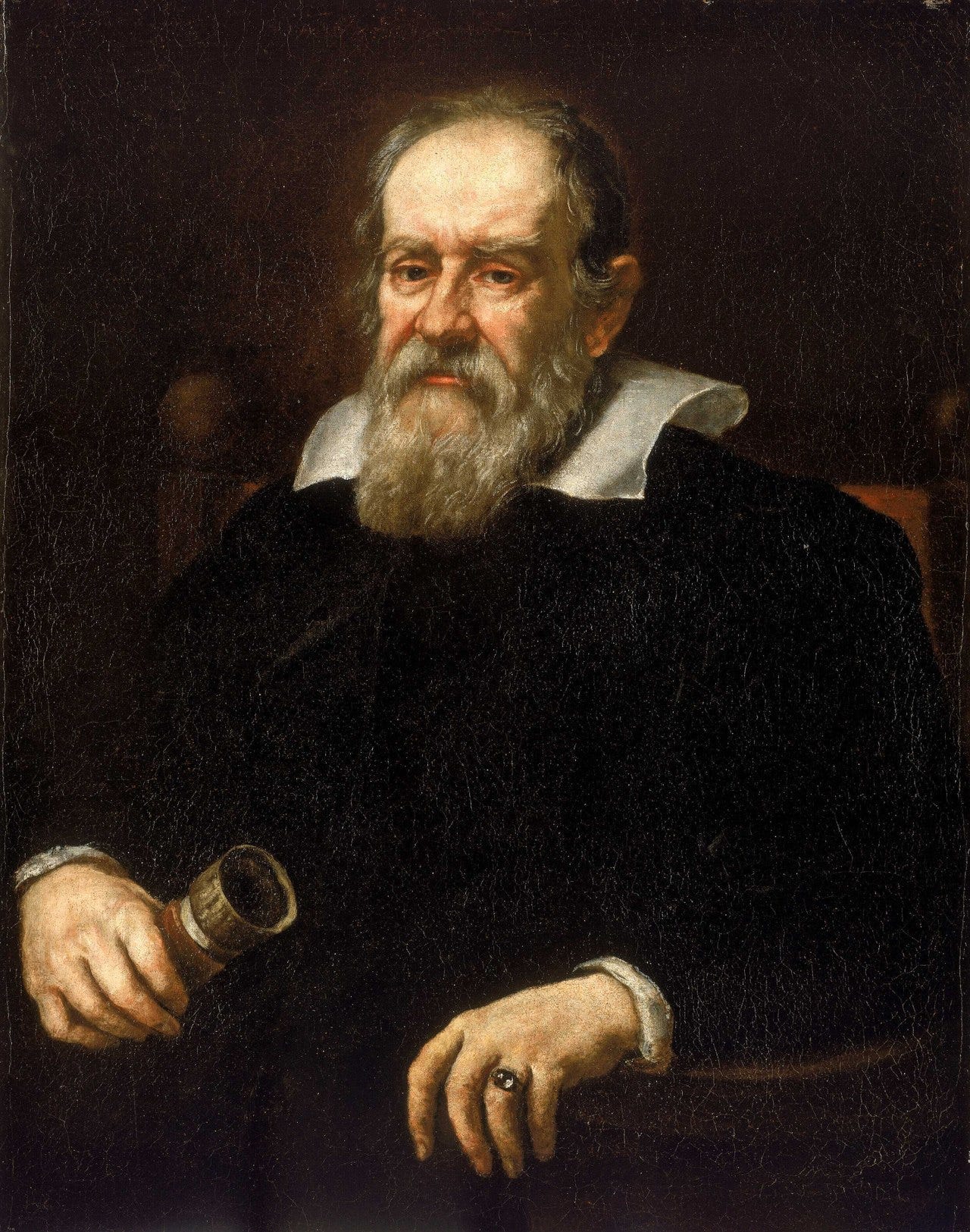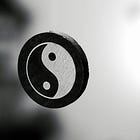What Pushed Science Into Modernity?
Fritjof Capra, “The Tao of Physics: An Exploration of the Parallels Between Modern Physics and Eastern Mysticism” (1975) #2
In this post, we will continue our exploration of Fritjof Capra’s The Tao of Physics: An Exploration of the Parallels Between Modern Physics and Eastern Mysticism (1975).
To access the previous one, simply click the link below.
In this second post, we will explore the gradual shift of Western science away from mysticism and toward an orientation that would eventually influence every aspect of our life today. As Capra summarizes:
Further development of Western science had to wait until the Renaissance, when men began to free themselves from the influence of Aristotle and the Church and showed a new interest in nature. (Capra 1975, 22)
However, the story is a bit more complicated.
Researchers, including Capra, situate the shift to modern science in the 15th century. This shift was characterized by “a truly scientific spirit” and “experiments.”
When faced with a phenomenon, it is natural to formulate a hypothesis. However, a hypothesis remains speculative unless we find empirical evidence. Experiments aim to provide such proof.
The apparition of a “scientific spirit” and the spread of experimental method was concomitant with the development of mathematics.
Capra writes:
As this development was paralleled by a growing interest in mathematics, it finally led to the formulation of proper scientific theories, based on experiment and expressed in mathematical language. Galileo was the first to combine empirical knowledge with mathematics and is therefore seen as the father of modern science. (Capra 1975, 22)
Nevertheless, the development of modern science was not solely the result of the field as we understand it today. It also resulted from the work of philosophers. For Capra, this was due to an “extreme formulation of spirit/matter dualism” attributed to René Descartes. Capra sees Descartes’ distinction between res cogitans (thinking thing) and res extensa (extended thing) as the beginning of this extreme formulation of spirit/matter dualism — today usually called Cartesian dualism.
Capra argues that this distinction allowed scientists to treat matter as dead and distinct from themselves, viewing the material world as a “huge machine” (Capra 1975, 22).



